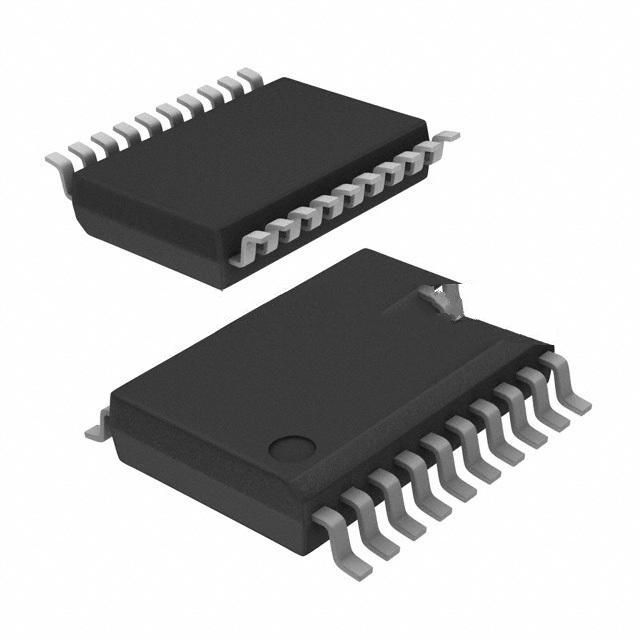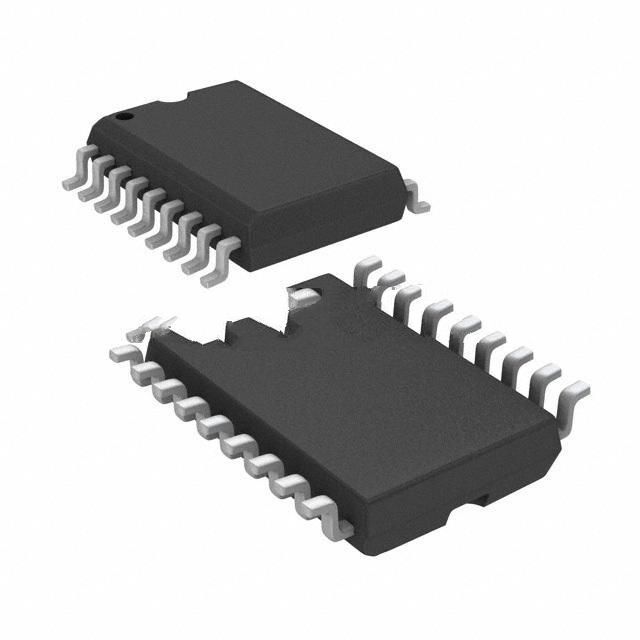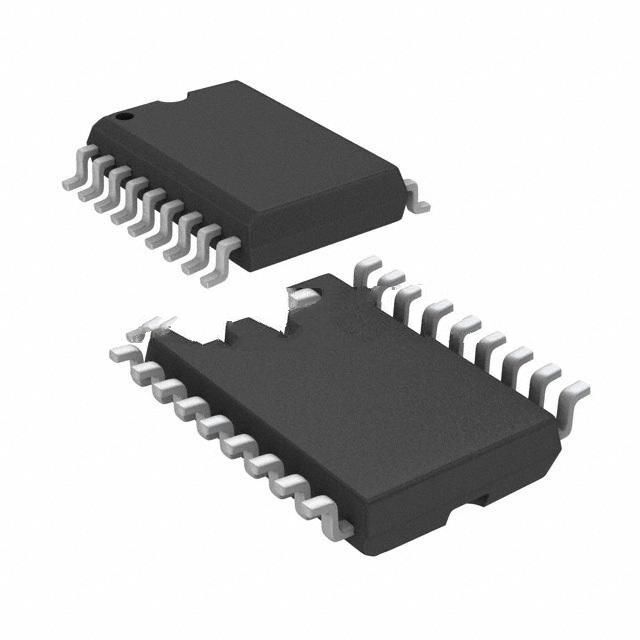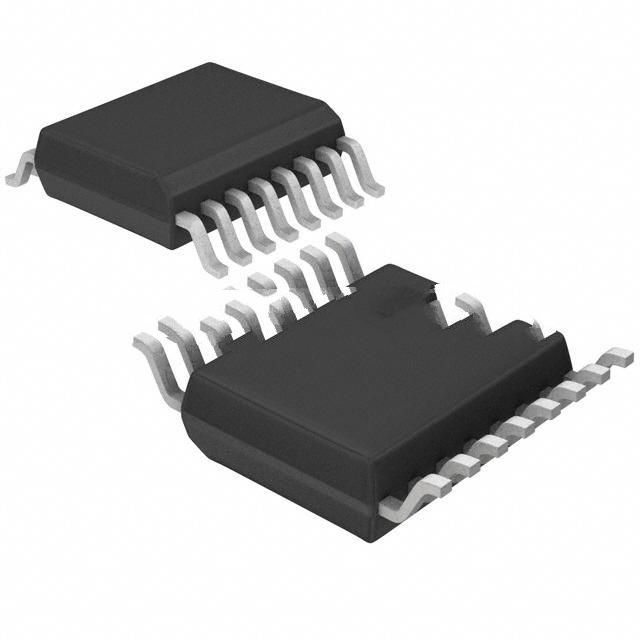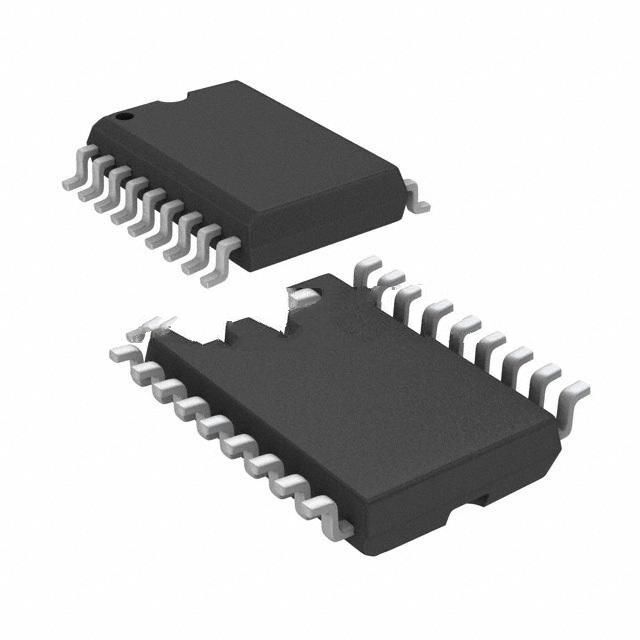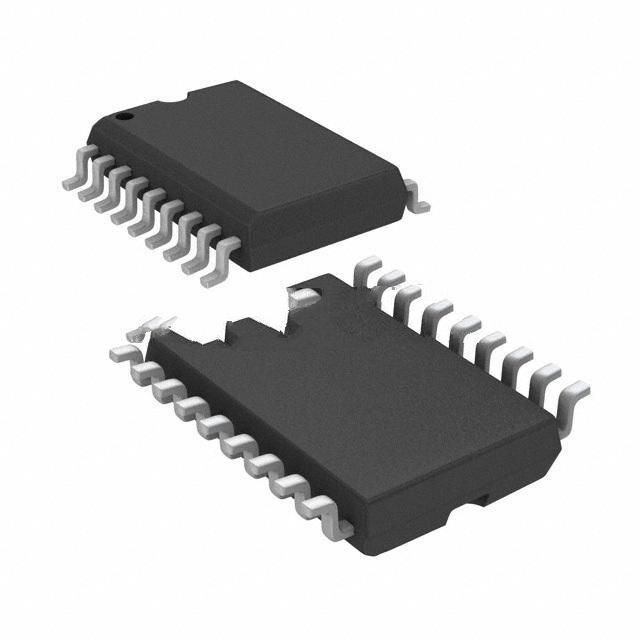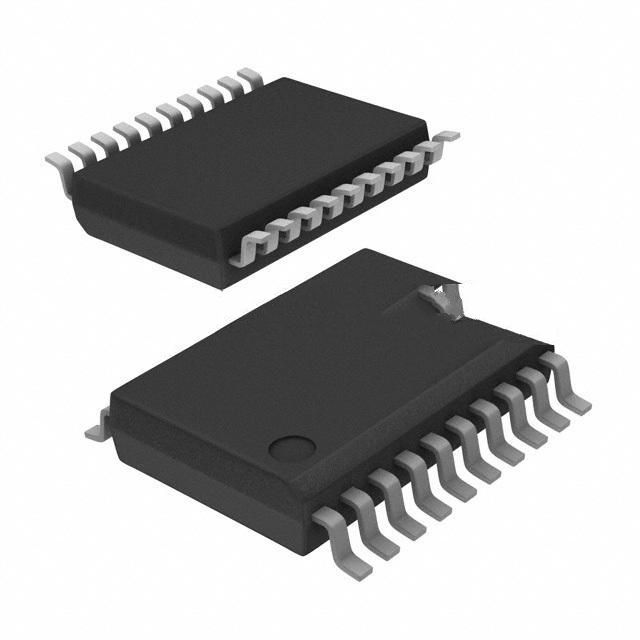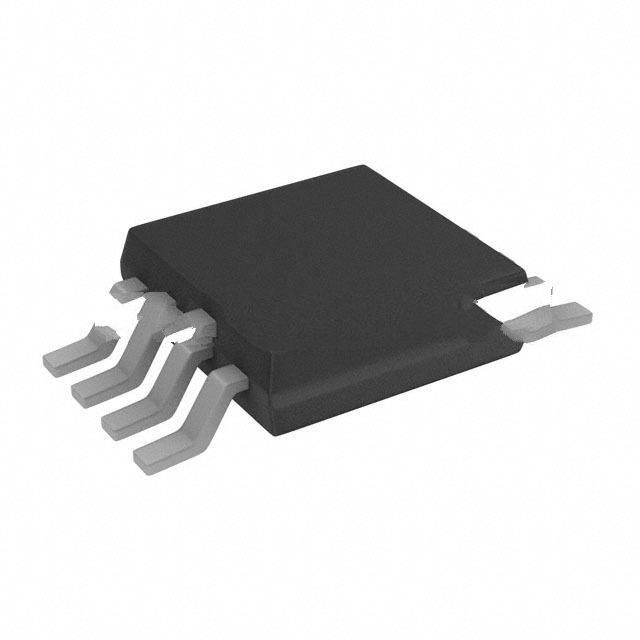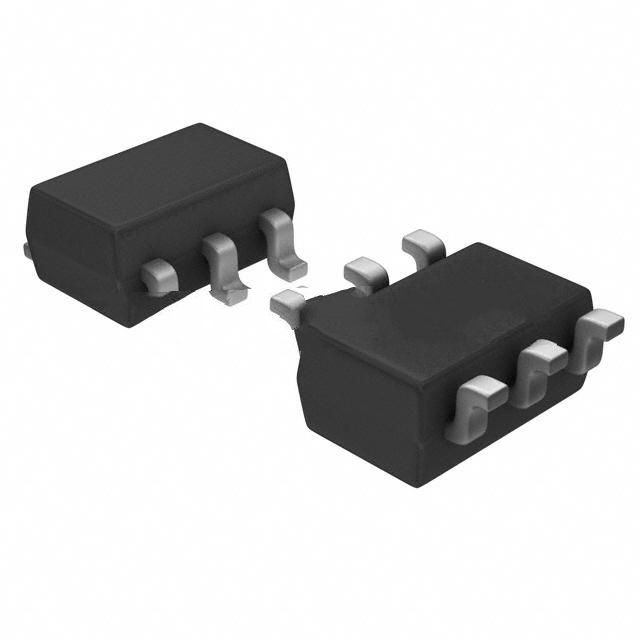Battery safety, the chip LTC3300HLXE-1 is the key
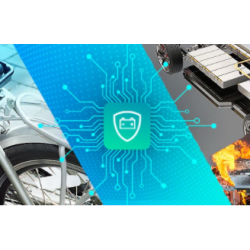
Battery safety, the chip LTC3300HLXE-1 is the key
Due to its own physical properties, lithium batteries are dangerous. When a lithium battery is charged, it converts electrical energy into chemical energy for energy storage, and when discharged, it converts chemical energy into electrical energy for energy release. Once the lithium battery stores energy, the uncontrollable energy release will cause deflagration. As smartphones, electric autonomous vehicles, and electric vehicles are all pursuing long battery life, the high energy density of battery systems has become a product advantage, which further increases the destructive power of deflagration.
Of course, the final destructive power of lithium batteries is presented by deflagration, but this is not done instantaneously, but has a gradual process in the form of thermal runaway. What will cause the thermal runaway of lithium batteries? The industry refers to these situations collectively as abusive conditions.
Taking the electric vehicle power battery system as an example, it generally consists of cells, BMS (battery management system), structural parts (boxes, wires, connectors, etc.) and thermal management systems.
The cell is a single-cell lithium-ion battery, which consists of a positive electrode sheet, a negative electrode sheet, a diaphragm, an electrolyte and structural parts. Many power battery system accidents, such as spontaneous combustion, are caused by short circuits in the cells. After an internal short circuit occurs, the cell temperature will rise rapidly. When the temperature reaches a certain level, the diaphragm protecting the active material of the negative electrode in the battery cell will disappear, resulting in the complete exposure of the negative electrode, and a large amount of electrolyte decomposes on the surface of the electrode to release heat. This is the first of a series of exothermic side reactions inside the battery. step. Then a lot of heat and flammable gases are released, which eventually causes the system to detonate.
In addition, there are two abuse situations that can cause the battery system to detonate: high temperature and overcharge. BMS is responsible for monitoring battery terminal voltage, energy balance between batteries, total battery voltage/current, battery terminal/battery temperature, etc. As mentioned above, when these indicators mutate, the battery will enter the abuse condition. If it cannot be stopped in time, it will cause a deflagration accident.
Electric vehicles have an urgent need for high-performance BMS. At the same time, the rapid growth of the electric vehicle market also has a positive driving effect on BMS products. According to the analysis data of QYReaserch, the global automotive BMS market will reach 21.7 billion yuan in 2020 and is expected to reach 88.5 billion yuan in 2027, with a compound annual growth rate (CAGR) of 26.19%.
BMS is called "battery nanny" or "battery housekeeper" by many industry players. Its main function is to intelligently and dynamically manage and maintain each battery unit, prevent overcharging and overdischarging of the battery, prolong the service life of the battery, and monitor the battery life. state. In terms of battery management, the BMS can accurately obtain the State of Charge (SOC) of the power battery pack to ensure that the SOC is maintained within a reasonable range and prevent damage to the battery due to overcharge or overdischarge. When the voltage or capacity of some cells in the battery pack is found to be too high or too low, the BMS has the ability to balance between the single cells, which is a key part of preventing the cells from being abused, which not only prolongs the life of the system, It also eliminates security risks and provides safe and stable operating conditions for fast charging.
To sum up, in the application of electric bicycles and electric vehicles, the BMS system mainly realizes the following functions:
Accurately obtain the SOC of the power battery pack, and maintain the SOC within a reasonable range through the system algorithm;
Balanced management of battery packs and cells, including thermal management, charge and discharge management, etc.;
Provide a variety of protection functions for the battery pack, including overcharge protection, overdischarge protection, short circuit protection, etc.;
With the help of communication bus and vehicle system for information exchange.
In addition to making innovations in key technical fields such as BMS and battery materials, in order to promote the safe use of lithium batteries, the policy side is also stepping up the promulgation of relevant regulations, trying to play a correct guiding role in the industry.
LTC3300
Multi-Cell Battery Balancer for Electric Vehicles
In the above analysis, we took the automotive power battery system as an example to interpret which abuses will lead to the deflagration risk of the power battery pack, and mentioned the important role of the BMS system in the safety of the power battery system. Next, the first product we want to introduce is the LTC3300 multi-cell battery balancer that can be used in electric vehicle BMS systems. This product is supplied by the manufacturer ADI, and the Crystal Fortune International supplier product number is LTC3300HLXE-1#PBF
The LTC3300 Bidirectional Multi-Cell Battery Balancer is a fault-protected controller IC for transformer-based bidirectional active charge balancing of battery packs with multiple cells.


